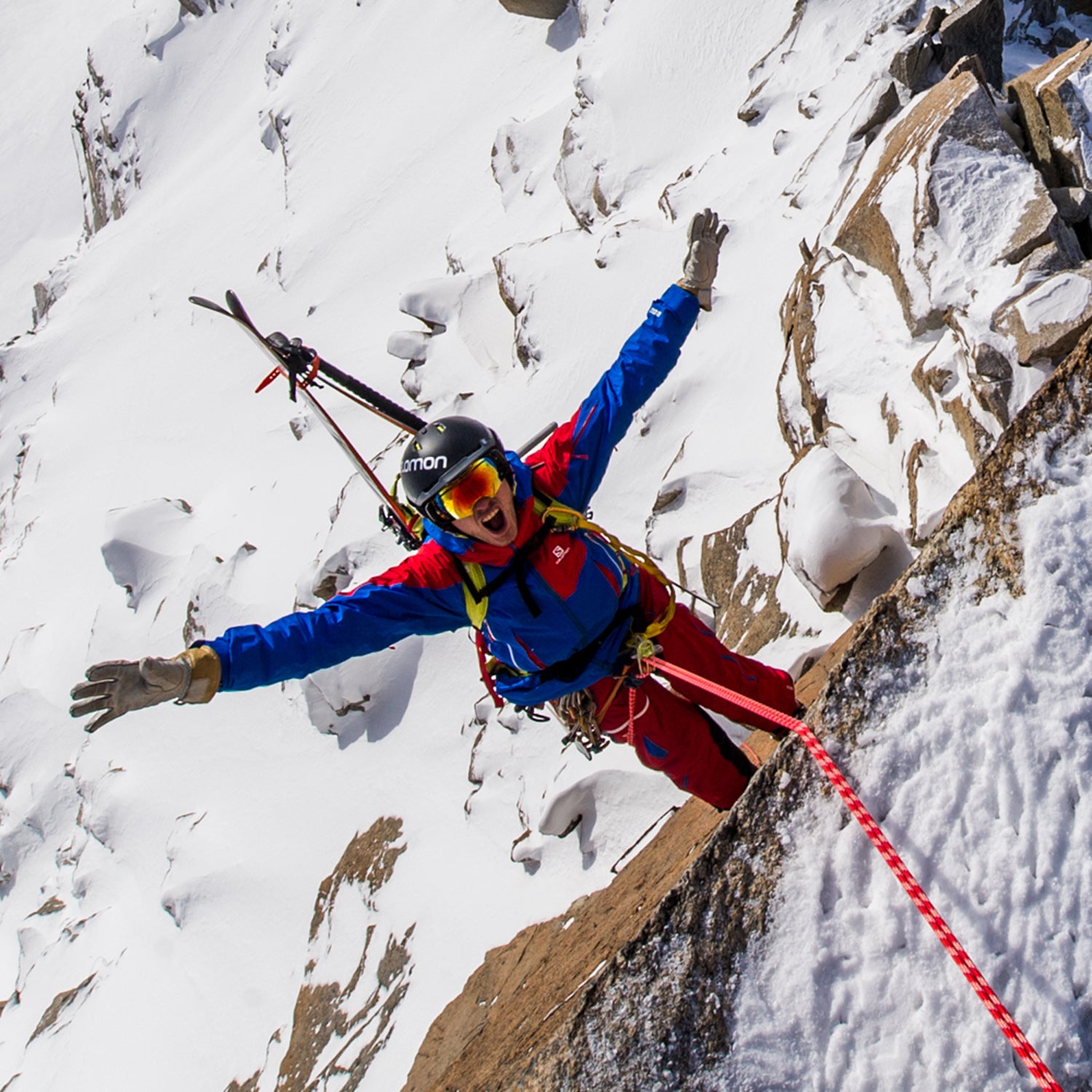To anybody who follows sports in the Outside world, freeskiing has emerged as a shockingly dangerous pursuit. Over the past decade, so many of the sport’s luminaries have perished in the mountains that in December 2012, Powder magazine ran the lonely cover line “Why are so many of the best skiers dying?” Arne Backstrom, John Brenan, Sarah Burke, Doug Coombs, Fredrik Ericsson, Allison Kreutzen, Kip Garre, Jim Jack, Aaron Karitis, Magnus Kastengren, Shane McConkey, Chris Onufer, Jamie Pierre, Steve Romeo, Chris Rudolph, Tony Seibert. The list goes on, and the trend shows no sign of abating.
In the past two weeks, five more top mountain athletes died in three separate incidents in the Himalayas and Andes. On September 24, German Sebastian “Basti” Haag, 36, a former veterinary surgeon and Dynafit-sponsored ski mountaineer, and Italian Andrea Zambaldi, 32, Salewa-Dynafit’s Italian marketing manager, were just below the summit of Tibet’s Shishapangma (26,289 feet) when an avalanche swept them and teammate Martin Maier off the mountain. Only Maier survived. On Monday, September 29, Canadian freeskiing legend JP Auclair, 37, and the introspective Swedish skier-poet Andreas Fransson, 31, were hit by an avalanche that ripped loose high above them on Mount San Lorenzo (12,159 feet), on the border between Chile and Argentina. Their camera crew watched them fall and summoned help, but nothing could be done. On the same day, 100 miles to the south, snowboarder and AMGA mountain guide Liz Daley, 29, died in an avalanche on Argentina’s 7,041-foot Cerro Vespignani.
There are no easy answers. Explaining why top skiers are still getting caught in avalanches often breaks down into complicated snow science and human psychology. But at the root of it all is something simpler. Mountains are beautiful, and fresh snow on them calls to us. We can’t help ourselves. That won’t change. To honor the five skiers who’ve died in the past two weeks, we’ve assembled this series of photos and remembrances by their friends and loved ones.
JP Auclair (1977–2014)
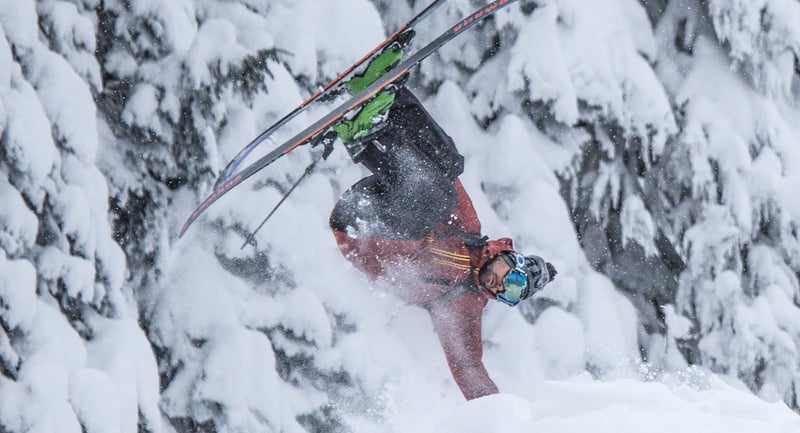
JPAuclair.com is my favorite website in skiing. Load it and you will find the words “I have no idea when I’ll be launching this website” sprawled across the homepage. It’s been that way for more than a decade. A testament to JP’s good nature and humor, the site might also be the only project the man never put his entire heart, mind, and soul into.
The ski films of the late 1990s and early aughts shaped my formative years. The New Canadian Air Force, the ragtag group of park skiing Canadians, led the charge into a world that had largely written off skiing in favor of snowboarding. They invented new tricks, grabbed their skis, and skied backwards. They also sparked more innovation over the next 15 years than was seen in the previous 1,500. The revolution was televised. For me, it appeared on a Poor Boyz VHS tape called The Game. And the skier making it look the best was JP Auclair, one of Quebec’s finest.

His career as a skier was well documented on film and in the pages of magazines like Powder, Freeze, and Freeskier. But there was more to JP Auclair than just skiing. He had a killer homemade oatmeal recipe and was skilled at kendama, a Japanese version of a ball-and-cup game. He kept a waterproof notebook in the shower because, in his words, “that’s where the best ideas hit me.” When JP sat behind a computer screen as a film editor, his creative vision was unmatched. He was a co-founder of Armada skis and the founder of a nonprofit group, Alpine Initiatives, which leads humanitarian projects in Africa. He studied snow science and pushed others to learn more.
JP was always present, giving full attention to whomever or whatever was in front of him. He was encouraging and a listener. In an outdoor world that often praises badasses and carefree attitudes, JP was neither. That’s what he’ll be remembered for. He was a talented and hardworking innovator with an unbelievable amount of humility. Most of all, he cared.
From moguls to terrain parks, to backcountry booters, Alaskan spines, and mountaineering lines, and, most famously, a through-the-streets segment for the Sherpas Cinema film All.I.Can., JP proved that the fractured sections of skiing are merely self-constructed walls that can and should be torn down. JP Auclair will be remembered as the best all-around skier the sport has ever known. —Mike Rogge, writer, editor, and producer
Andreas Fransson (1983–2014)
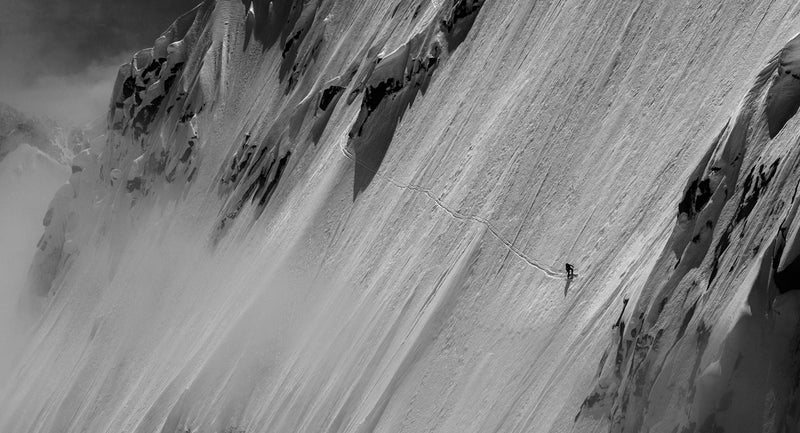
A year ago today, I sat in a cafe in El Chaltén, Argentina, waiting for my email to load. Andreas Fransson wanted me to join him on a ski expedition to New Zealand. This was Michael Jordan drafting a second-string middle schooler. But I was already on a faraway trip and had to swallow hard before returning to my keyboard to decline. I refused an offer from the most influential role model I had in the world of skiing.
A few weeks later, Magnus Kastengren, the world-class ski mountaineer who did end up joining Andreas, died in a fall as the two descended New Zealand’s highest peak, Mount Cook. That was the closest I’d ever felt to a mountain death. I thought, “That could have been me.”

Last June, I finally got to ski with my hero. Andreas and I snuck away from a Salomon product-testing day in France to quickly climb 11,985-foot Grande Motte. We skied a steep, north-facing glacier from the summit. I was struck by his deftness on the way up and down. What I remember most vividly from that day is when Andreas stood beside me on the summit, pointing out each peak of the Mont Blanc massif. He was Swedish, but this was his home range. He spent nearly every day in those mountains, yet he introduced them to me with fresh excitement, like he was doing it for the first time.
Until I asked for it, Andreas was hesitant to dispense technique advice during our descent. When he did, it was soft-spoken, concise, and pragmatic. He told me how to fix the hip/leg separation issue I was having. He admitted that he’d had the same hitch in his form. Sharing that with him brought us closer.
On Monday, Andreas Fransson and Canadian JP Auclair died in an avalanche on Mount San Lorenzo, which juts up from the Chile-Argentina border. I lost my first hero in JP and my last hero in Andreas.
I idolized JP first as a freestyle skier and later as a ski mountaineer. Andreas’s skiing represented everything I sought in mine: technical perfection and demanding descents. He put himself in circumstances that required acceptance of the ultimate consequence. He was my role model.
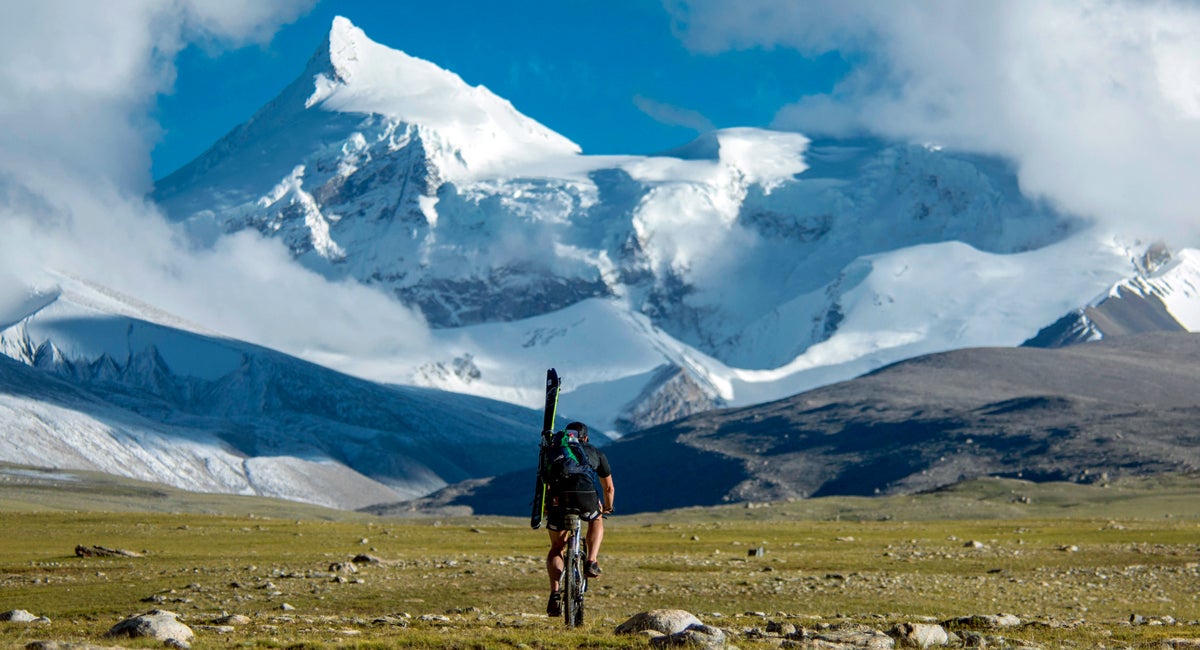
Andreas’s thoughts on Kastengren’s death seem prescient now, too. As he wrote on his blog shortly after that accident, “…it’s also part of life. Hopefully this pain will work as sandpaper for our souls, and Magnus will give us another lesson.”
These tragedies force the kind of concrete introspection that Andreas often engaged in, a reckoning with my own mortality. Yes, any of those deaths could have been mine. But Andreas taught me that this life could be mine, too. My desire to ski steep, technical terrain will remain, as will the consequences. Our desire is his legacy.
As Andreas wrote in 2013, “There are enough misunderstandings anyways in society of what we are doing in the mountains and I don’t regret going out there among the clouds, it is still worth it.” —Brody Leven, ski mountaineer
Sebastian Haag (1979–2014)

We’ve just lost two members of our family, too soon, and it hurts deeply. Basti [Sebastian] and Andrea were in the thick of it, and we will dearly miss their physical presence. We’re sad because we love them, and while they’ll be missed, they’re not gone.
It’s hard to die if you’re not forgotten. I was friends with Basti for eight years, and he made an impression on me. Guys like him leave a mark on people that doesn’t go away just because they’re not around. One of the reasons is that ski mountaineering didn’t define them. For me, Basti is defined by his big heart and his constant infectious smile that displayed it.
It pains me deeply that I won’t see his smile again, but I think we can yank some positivity out of this tragedy. I’ll think a bit more about risk in the mountains, while I also soak in their beauty more deeply and remember my friends fondly while I’m there. I hope others do as well. —Chris Sword, president of Salewa North America, the parent company of Dynafit

Andrea Zambaldi (1982–2014)

The old saying turns out to be true. “The good ones always go first.” By that logic, Andrea had to go. He was the kind of guy who’d call you late in the evening and say, “See you at 2 a.m. We go climb the north face, ski down from the east side, and hike back to the car, so we still have time to go for a ride in the afternoon.” That was Andrea.
And he’d follow through, too. The next thing you know, it’s dawn, and we’re hanging on a 60-degree ice wall, trying to reach the summit at 12,000 feet after three hours of driving, two hours of approach, and four hours of climbing. On the last pitch, I have to tell him, “Andrea, I’m f&%@ng tired. Seriously, slow down!” And he looks down at me with that spark in his eyes and that big smile on his face and says, “Tired of what?”
Andrea was a mountaineer, climber, skier, biker, runner, and much more. He wasn’t so much a sports enthusiast; he just loved life. That’s one of the reasons people loved him so much. He was well known in the community not only for his mountaineering skills, but also for his positive attitude and his laid-back style.
While looking at his pictures, we can still feel his energy. Even if we want to cry, all we can do is smile back at him. Thanks, Zamba! It was an honor to share a part of this route with you. —Alex Marengo, apparel designer for Dynafit
Liz Daley (1985–2014)

Out of all the beautiful and unique things Liz provided this world, the most precious were the tenderness and feeling of serenity that her presence gave us. I’ve heard so many people describe how deeply she touched and inspired them even if they had only met once. She formed deep and unbreakable bonds with her friends. She spread love on this planet and shared her passion for life and the mountains. She was a true angel.
To those who knew her more intimately, her passing is an extraordinary challenge. It’s also an opportunity to appreciate her magnificence as a person and reflect on the gifts she gave us. Liz was blessed with an uncanny natural ability to brighten the darkest times, provide warmth in the coldest places, and offer an endless supply of unconditional love for everyone around her. Liz always valued family and supported her people during times of need. She was a pillar of stability and a beacon of light in a world that could often be unstable or dark. Our appreciation for her devotion will only grow stronger over time. Her memory will live on in our hearts.
My life intersected hers in Bellingham, Washington, where we both attended school in the early aughts. Her zest for life and pure sense of adventure were so incredibly important in bringing us together. We shared and developed our skills in the mountains together over the years as we lived in Washington, Utah, and finally Chamonix. From the beginning, Liz demonstrated her passion and stoke with commitment and tenacity. I knew that she was in this for life. As our love for each other grew over many unforgettable adventures all over the world, it became clear to me that she was here on this planet to inspire others. That unmistakable Liz Daley touch was always there—from those crazy days playing kickball to a desperate bivouac snow cave on Denali.
For those who worked with her as a guide and had the opportunity to journey into the wild with her, it was obvious that she was following her calling. She was at ease with people in the mountains, and her sense of peace and belonging was projected to everyone she came into the contact with. Over the past few years, I’ve heard so much touching feedback from her former clients, partners, and colleagues describing how she positively impacted many lives in such a short amount of time. Her blossoming career as a guide was defined by a conservative approach and desire, above all else, to come back at the end of the day. She shared places of indescribable beauty with friends and complete strangers, and she did it safely.
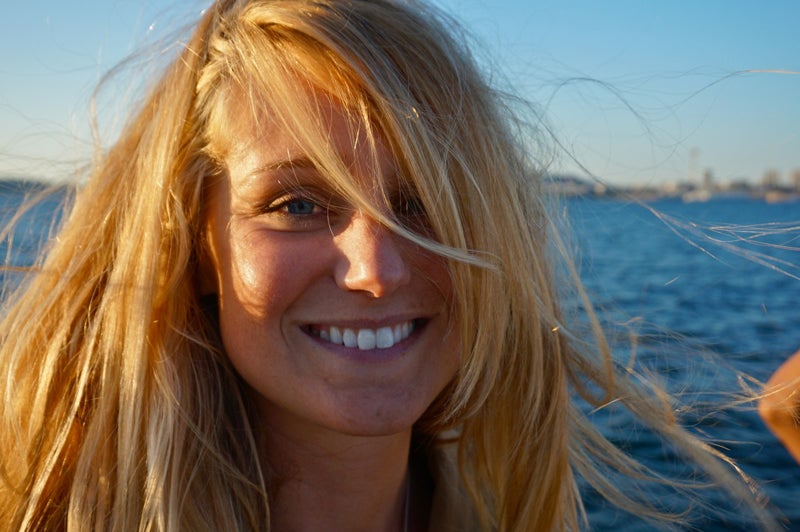
Living without Liz will be a massive challenge for all of us. I asked her to be my wife a little more than two months ago. I wanted to spend a long life together, supporting her unconditionally as she spread love and happiness in wild places. Though our time was cut short, the lessons and gifts she showered us with will be etched into our souls. If there is one thing that I am sure of during this unimaginably difficult time, it’s that Liz would want us to cherish one another, follow our hearts, and pursue our passions to the ends of the earth. I love you so much, Liz. We will never forget you. Your legacy will live on in all of us. —Davide De Masi, skier, mountaineer, and Daley’s fiancee
I don’t really need to tell the world about Liz Daley. Anyone who met her knew her just as well as I did. She traveled far and met thousands of people, gracing everyone with her gleaming smile and sense of humor. It only took five minutes to get to know her. She hid nothing and held nothing back. In a world of people who wear masks, Liz was always Liz. I never saw her feign courteousness. If she liked you, she liked you. And if she didn’t, she’d probably let you know that, too, though I never saw that happen.
Liz had a huge work ethic and tireless hustle. She had big goals and dreams but came from humble beginnings. There was no hurdle you could put in front of her to slow her down. She pushed through crippling tendonitis in her feet one year. She supported herself in Chamonix before she had sponsors by logging 70-hour weeks at restaurants, working on a tree-trimming crew, and guiding clients up the mountains.
I do regret some things from our time together. I was mean to her sometimes, but more like a brother and generally because I worried about her. She progressed so fast, flew so high, and burned so bright that it was hard to believe she was even from this planet. We would squabble over silly stuff with the understanding that it was all just water under the bridge. We knew we’d be a part of each other’s lives until the end of time, which, despite her passing, remains true.
Yes, I was there with her when she died and have received many messages from people who were worried about me. On one hand, I feel cursed. I’ll always wonder what single detail could have changed fate on that day. On the other hand, it was a blessing to be there with her on her final journey.
To everyone who has reached out to Davide, Liz’s family, and me, thank you. To everyone who ever considered Liz a friend, I in turn offer my condolences. Looking through the pictures everyone is sharing online, I am floored by her omnipresent smile. Of course I knew she was always a blast to be around, and I knew that smile well, but I somehow didn’t realize how illuminating she was to so many people. Now I do. I will never say goodbye to you, Lizzy D., you’ll be with us forever. —Drew Tabke, freeskier

The second I met her, we clicked. It was an instantaneous attraction. We spent so much time in close quarters during our travels together that she became like a sister to me. We had many firsts together, including our first major trips to South America and Alaska. I’ll never forget the time we were going to spend a week skiing together at a hut in the British Columbian backcountry. While we were stocking up on food and drinks for the week, we decided to sneak a bottle of purple glitter nail polish into our cart. There are few mountain partners with the skill set she had. Even fewer are the ones who would agree on the same shade of sparkly purple nail polish.
When I think about our times together, it’s hard to be sad because all my memories with her are so happy.
She was just so darn fun to be around. Whether we were sitting in our tents in Alaska waiting out a storm, putting on frozen boots at 3 a.m., or breaking trail up a huge couloir, if Liz was there, it was guaranteed to be a good time. We would giggle for hours. We would have impromptu dance parties in our base layers. With Liz, life was like a music video in the mountains. The sunrises and sunsets were more colorful, everyone looked more beautiful, skiing and snowboarding seemed more glamorous. Her presence made everything in the world more glorious.
I don’t know if she ever fully understood the impact she had on me. She inspired me to train hard, become strong, to get on the sharp end of the rope. The first time I saw her climb, I was awestruck. I had never seen someone move with such grace, beauty, and strength. Whenever I encounter a hard move on a trad lead, I channel my inner Liz Daley.
Meeting Liz opened my mind to what was possible in the mountains. She was so strong, so capable, so feminine, and never afraid to be herself. She was confident in her skin. Liz was a supermodel with the power of an ibex. She broke trail through deep powder, and, when she dropped in, she made huge turns down steep big mountain faces with assertiveness and confidence. She owned the line but also was one with it.
When a tragedy such as this occurs, there is a moment of deep questioning. What happens when a person who inspired you dies doing the thing that she inspired you to do? Liz’s death has made me question everything—my goals, my motivation, my life path. But then you reconcile and realize that it is analogous to encountering a gendarme on a ridgeline that stands in the way of your summit. It’s difficult to decide whether it’s better to fight up and over or back down and go around. But the one thing you can’t do is just sit there and go nowhere. You might decide to bail, or you might decide to go for the summit, but either way, you have to keep moving.
Undoubtedly, there are lessons we all can learn from these unfortunate deaths. We’ve got to be careful, but we have to carry on and live the life we love. In all the times I spent traveling with Liz, I was constantly impressed by how she overcame each challenge with creativity, a positive attitude, and love. And that should be the spirit, her legacy, that we carry on.
Now, I am going to get out that purple glitter nail polish and mix up a hot toddy just the way she liked it after climbing Bongeater, one of her favorite splitter cracks. —Caroline Gleich, freeskier

